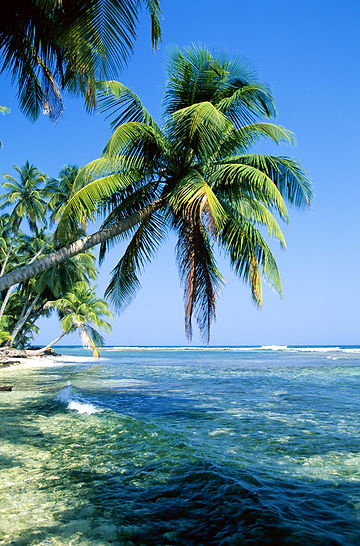aboutus
The word Namaste has different meanings. Some use Namaste as a way to say thank you. Some use Namaste as a spiritual affirmation. Namaste translates to I bow to you. It is the acknowledgement of one soul to another and is usually performed at the end of a yoga class with hands together at the heart chakra to show respect. I have always thought of Namaste as a way to not only show respect but to show unity and connection from one soul to another. Namaste SUP is a community. The goal is to unite everyone who loves stand up paddling and yoga. It is a community not only for the student but also for the teacher. Participants can identify S.U.P YOGA classes and identify traveling opportunities. In addition, the community can help individuals find SUP Yoga Teacher Trainings, SUP Yoga in Schools, products to enhance S.U.P YOGA experiences, and alert participants to non-profit organizations to dedicate their S.U.P YOGA practice to. We hope you enjoy Namaste SUP and invite you to join our community on Instagram . Thank you and Namaste _/|\_
About Standup Paddling aka SUP:
Stand up paddle surfing promotes balance, strength and general fitness. It provides an isometric workout that strengthens your core muscle groups, while giving you a fun and exciting way to view the natural surroundings. Just in the past few years SUP has become a global phenomenon, all around the world SUP can be found on rivers, lakes, creeks, ponds, and the ocean. In 1886 a picture was taken of a man by the name of Peter Henry Emerson standing up in a recreational water craft and paddling. An article, picture, and history of sup surfing can be found at this link. It wasn’t until the early 1950’s that paddle surfing emerged on Waikiki. First developed by the beach boys of Waikiki to help them take pictures of tourists surfing. Then Laird Hamilton and Dave Kalama popularized it in 2000.
About Yoga:
Although no one really knows when Yoga came to exist in history, archaeologists estimate Yoga history to have begun around 3000 B.C. after finding stones with figures of yoga poses on them. Yoga shares some characteristics of Hinduism but also Buddhism as well. Yoga deals with the unity and calming of the body, mind, and soul. Yoga provides the body with physical and mental refreshment. Practicing yoga can increase the body’s immunity for illness, and reduces stress.
S.U.P YOGA:
Stand Up Paddle Yoga has been sweeping across the globe since the early 2000's. S.U.P YOGA provides all the benefits of SUP and Yoga combined. S.U.P YOGA increases stability, flexibility, and core strength. Doing a yoga posture on a stand up paddleboard increases awareness of weight transfer. For example, when performing Downward-Facing Dog on land, an individual grounds themselves into their mat with their hands and feet, while focusing on the breathe, gaze and proper alignment. When doing the same posture but on a stand up paddle board, an individual will suddenly notice if they are exerting too much force through one side of the body more then the other, because the board will react. S.U.P YOGA can enhance an individual’s yoga practice, because unlike a mat the board responds to the movement of the yoga practitioner. Bringing your yoga practice to the outdoors can rejuvenate the mind and soul. Usually performed at the end of a yoga class is a posture known as corpse pose or Savasana, where the individual lies on their back eyes closed, feet fall out to either side, arms slightly separated from the midline of the body at the side palms facing up. This is a pose of total relaxation, and on a board drifting in the water, individuals have stated it feels like they are floating on a cloud. Whether you have practiced yoga for years, or are new to yoga, S.U.P YOGA is for all ages, and all levels, so find a S.U.P YOGA class near you and give it a try.
The S.U.P YOGA Code / Standards:
In S.U.P YOGA we value and practice the Yamas and Niyama’s in our classes.
Yamas
Ahimsa – non violence
Satya – truthfulness
Asteya – honesty
Brahmacharya – moderation
Aparigraha – simplicity
Niyamas
Saucha – cleanliness
Santosa – contentment
Tapas – a burning effort to achieve a goal
Svadhyaya – education
Isvara Pranidhana – acknowledge the divine in all
In the words of Captain Barbosa from Pirates of the Caribbean, “The code is more of what you call guidelines than actual rules”. Welcome Aboard.

